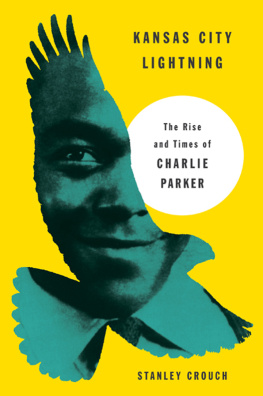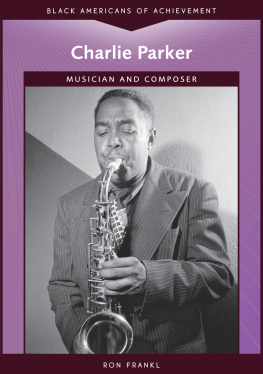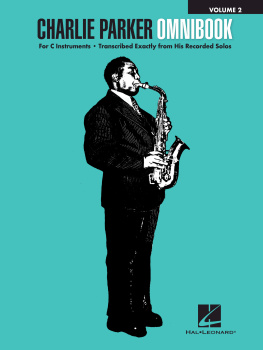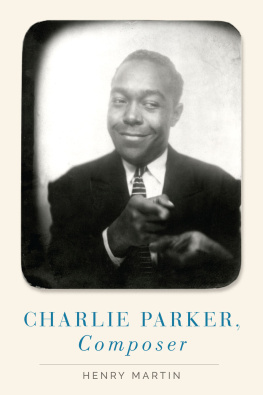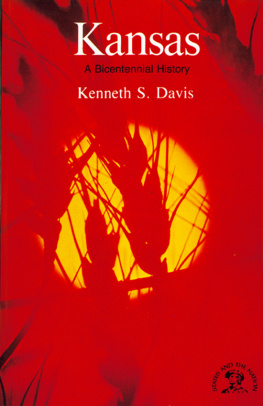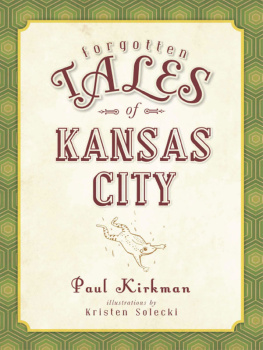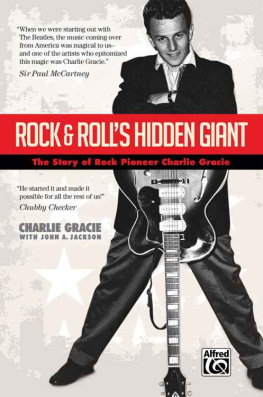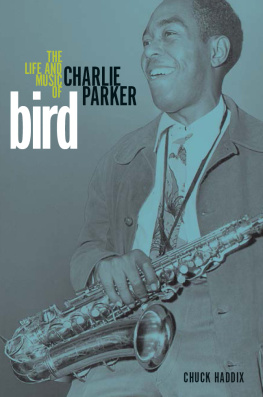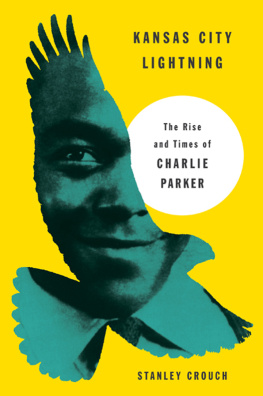
To Emma Bea Crouch and James Crouch
Birds are never far from Paradise, when they are not singing services at its very gates, they are caroling blithely in Natures honor in an earthly garden of delight or luring mortals into fairy land by the magic of their magic notes.
BERYL ROWLAND, Birds with Human Souls
Contents
I n West Africa, a man dances atop stilts rising more than nine feet in the air. His bold turns, leaps, and spins suggest the power of human beings to master the subtle-to-savage disruptions of rhythm and event that define experience.
In New York, on a bandstand at the Savoy Ballroom, Harlems home of happy feet, alto saxophonist Charlie Parker plays for the Thursday night courtship ritual of the kitchen mechanicsthe female domestics on their night off, dressed in homespun Cinderella finery. The shine of their skin, in all its various tones, is muted by beige powder; rouge colors their lips; their hair is done up in gleaming black scrolls. They wear their dresses, solid or print, as close as sheathes; the heels on their pumps seem made of springs; they wear flowers behind ears heated by the talk of their lovers, their husbands, and the wolf packs of pimps anxious to recruit them for the bedroom mechanics of sexual theater for hire.
With the Jay McShann Orchestra shouting behind him, Parkera great ballroom dancer himself, whose high-arched feet force him to move from his heelschoreographs his improvised melodies through the saxophone. Feinting, running, pivoting, crooning, he is inspired by the dancers and inspires them in turn, instigating them to fresh steps.
O ne Sunday morning, unseasonably warm for December, a group of musicians sat on the curb in front of a rooming house in Des Moines, Iowa.
Des Moines was one of the stops on what was then known as the Balaban and Katz Circuit. If you were a musician in the 1930s, the circuits took you through different cities, different landscapes. The Balaban and Katz, for instance, took you out of Kansas City and up to Lincoln, Nebraska; then Omaha; over to Des Moines; north to Minneapolis and Saint Paul; back down through Madison, Wisconsin; over to Milwaukee; south to Chicago; then to Springfield, Illinois; moved on to Saint Louis; rolled you into Jefferson City, Missouri; and then back to Kansas City. You heard not just different music but different language on the circuits, and saw different women along the way. It was an adventure, always, but the miles and the fatigue were worth it. When you got out of those cars and stretched, spruced up if you had the time, sauntered into those halls, set up your instruments, fixed the wooden folding chairs in place, took out the music, tuned up, relaxed, and later unleashed the nappy-necked lightning of jazz, then you came alive in a very special way; then glamour, grace, and audacity could ramble from your instruments; then your mind could shine like Klondike gold.
Kansas City, for these men and many others, was home base. For years it had been a wide-open city, thanks to the power of local gangsters and the corruption of boss Tom Pendergasts regimeand in that time the city had become a hotbed of thrilling bandstand creativity. By 1941, however, Pendergast had been fitted for a prison suit, and the vibrant glare of K.C. nightlife was in decline. Now the music was starting to drift away from the city, flowing west, north, and east with the musicians. These players had known no Depression in Kansas City, no lack of work. Throughout the late 1920s and the 1930s, they had been free to play, compete, and party around the clock. In that boomtown for jazz, mother lodes of style and gushers of swing were mined and brought inif not nightly, then with enough consistency to make way for a newly textured pressure on the rhythm, a Southwestern swing that celebrated the soul, as well as the coos, the calls, the cries, and the lamentations of the flesh, in pulsive time.
These particular musicians, those who were sitting outside that rooming house in Des Moines, were raring to go east, to New York and the big time. But for now they were pulling tenor saxophonist Bob Dorsey by the tail. They were reminding him in excruciating detail of how theyd torn the pants off that Nat Towles band he was a member of, tore them off in Omaha and Lincoln.
You do remember Omaha and Lincoln, dont you?
Seem like I hear silence over there.
Cat got your tongue? Shall we remind you?
Uh, not left with a patch to cover their collective cracks?
Yes, Dorsey remembered the regret and humiliation those Kansas City players had heaped upon them, that rhythm sectionmeathead Jay Hootie McShanns piano, funky-butt Lucky Enoiss guitar, thumper Eugene Rameys bass, and never-miss-a-beat Gus Johnsons drumswas enough to draw blood by itself. Then there were those improvised-on-the-spot short repeated phrases known as riffs, jabbing like a boxers left hand, and the sweltering combinations dealt by that alto saxophone, which had floored them for the count.
That alto saxophone had been played by twenty-one-year-old Charlie Parker, sitting out there with the rest of them, lean as a telephone wire at 127 pounds, his open face twinkling in the morning light as he laughed deeply at their ribbing. Near Parker was his running buddy, Ramey, whom he called by his middle name, Glasco, and who was easily black enough to knock daylight out of the sky with his fist. The gutter was just beyond their feet, looking like a trench or a grave. It was a mellow morning, strangely warm. Needed nothing more than a coat or a thick sweater: forget about a blanket or a quilt. The time moved so slowly it seemed to have no seconds, minutes, or hours stuck to it.
Someone ran to the door of the rooming house and pushed it open, making the sound of a radio audible from within the building.
He was hollering about Pearl Harbor. Never heard of her, Gene Ramey remembered someone joking.
The man at the door said he was serious, something terrible was on the way.
No one was sure, but the way things had been happening over the past few years, with all the goose-stepping and master-racing, they werent holding out much hope for world peace.
I know some Harbors down in Austin, Ramey countered. Maybe shes related to them.
The messenger with the bad news didnt find that funny. Neither did most of the people they encountered after Roosevelt asked Congress to declare war the next day. In the days that followed, the musicians all heard variations on the same refrain:
You niggers better get ready to trade them horns for rifles.
THE REST OF the country may have been gearing up for war, but these musicians, known as the Jay McShann Orchestra, had been at war most of their professional lives. They were jazzmen, and that meant fighting with many a rival band for the affection of the dancers, and fighting with other individual musicians and aggregations for a place in the world of musicwhether second chair or first chair, local fame or national recognition. Whatever you were after, you had to get up off your rusty dusty and do something to get noticedsomething that was so much like you, it was nothing like anyone else. Oh, if you were young, you could get a pat on the head for sounding like an admired influence, but that was baby shoes. The point was to work at it and think about it and think about it until youd produced a tone as recognizable as the texture of your voice. Just as an outstanding individual has a walk, a way of carrying the body through space, or a way of adding unique particulars to a dance, an outstanding player had to work till he developed his
Next page
